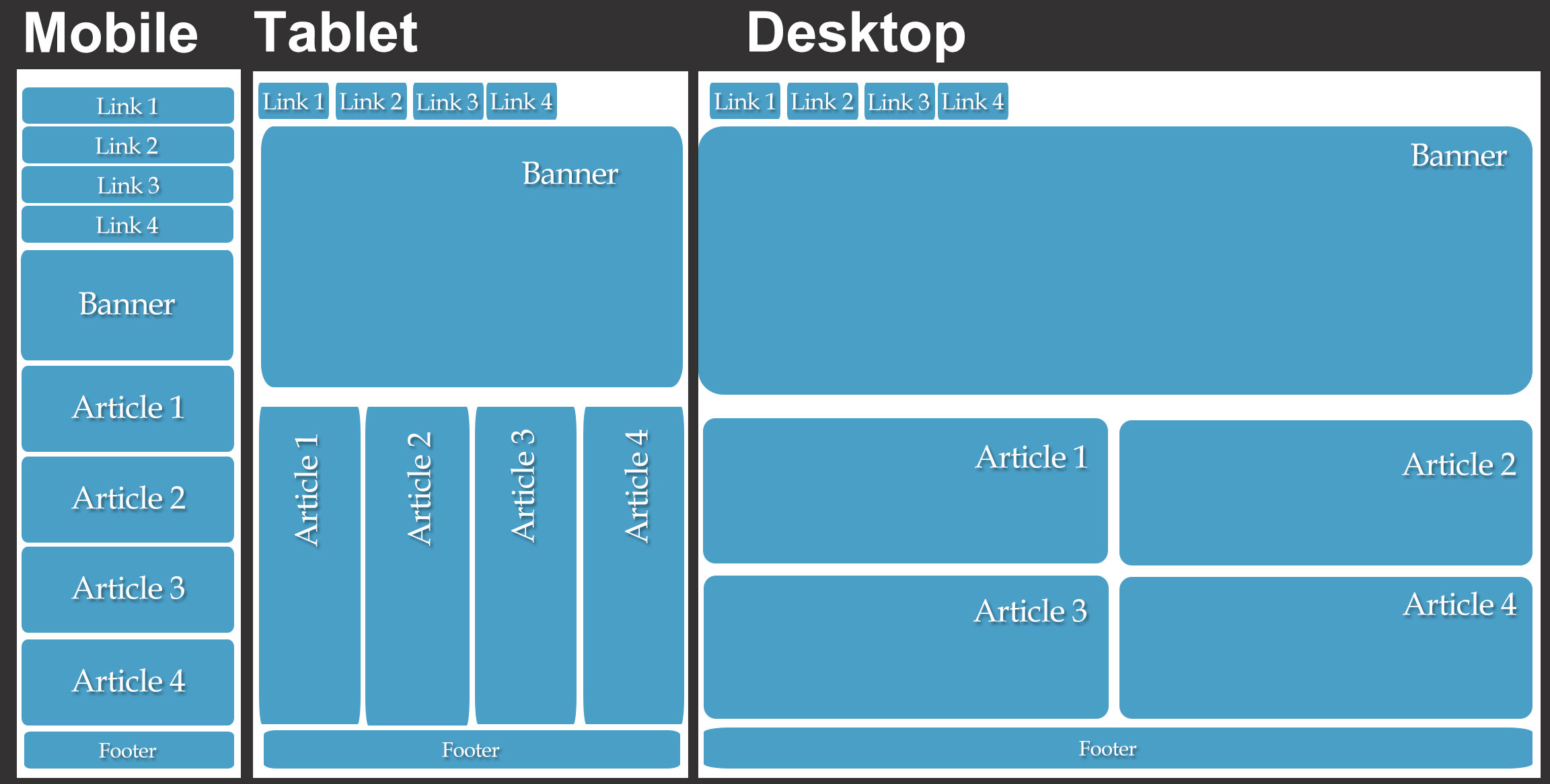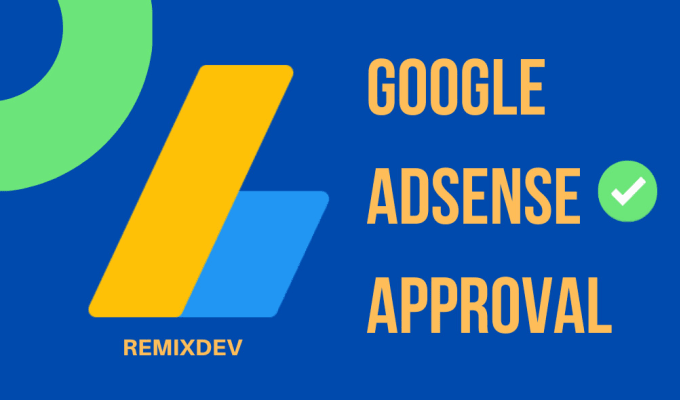

- Google web designer create button how to#
- Google web designer create button zip file#
- Google web designer create button code#
How to Make a Navigation Bar with Buttons in Tableau If a user wanted to add a button to a dashboard they would have to use a hack to transform a sheet into a button on their dashboard.Īt Playfair Data, previous to 2018.3, we developed several tactics to accomplish button-like navigation before the capability was added. Until Tableau 2018.3, Tableau had not given much attention to buttons. This principle relies on us following the guidelines we will talk about later so that our buttons appear to be buttons. Even new users that have not seen a particular interface understand quickly that by pressing a button, some action will be performed. Buttons are stand-alone objects which are important for a couple of reasons.īuttons being independent of marks and charts allow them to offer more abstract functionality outside of filtering and highlighting, for instance, navigation.īuttons self-promote themselves as interactive humans have been trained in both physical and digital contexts that buttons can be pressed or clicked on to manipulate the state of the object(s) for which they are attached. While interaction based on selecting marks within a visualization is powerful, button interaction is different in that it is based on a button not being a mark on a chart. I find it fun to show an Excel user this capability because I find it is the quickest way to show them what Tableau can offer over a spreadsheet. Click a mark in a visualization and you can filter multiple sheets and/or highlight the selection across multiple charts. Tableau has always understood that interaction is a key differentiator that its analytics platform offers over others. Part 1: A Quick History of Tableau Buttons While buttons are still limited in Tableau, you can bring some UX polish to your Tableau projects by adhering to some general design guidelines. Tableau is slowly adopting button usage into its Desktop product. As a UX designer, interaction is a key ingredient in creating a user experience that enables a user to accomplish their goals efficiently and satisfyingly. We are surrounded by buttons and, for the most part, interact with them seamlessly.īy the end of this post, you will have a reference to many of the Tableau button tactics we use every day at Playfair Data and you will learn to create custom graphics for use in many of the tactics using Figma, an interface design software.īuttons exist for one reason, to allow users to interact with whatever we are designing. I bet there are buttons you have used in the last few minutes, there are likely buttons you have never used.

As humans, we are well versed in buttons and have been trained to use buttons from a very early age.


Google web designer create button zip file#
Upload the ZIP file to our Studio and define banner settings (category, type, dimensions, clickTAG).The Button. Testing GoogleWebDesigner banner in Adform StudioĮxport the banner using these example settings: Click "Save" and banner is almost ready to run on Adform! It is missing Adform-specific file - manifest.json, where banner's details are stored. Window.open(clickTAGvalue, landingpagetarget) ħ. Landingpagetarget = dhtml.getVar('landingPageTarget', '_blank')
Google web designer create button code#
“clickTag” and add this code snippet: clickTAGvalue = dhtml.getVar('clickTAG', '') Note: this describes the usage of external non Adform related systems and please check respective documentation for most up to date information.Īdding the clickTAG via Google Web Designer toolġ. Open Code view, insert DHTML library to head section: Ģ. Create tap area from Google Web Designer components:ģ. Click right mouse button and select "Add event."Ĥ. Select "Tap Area" and then "Touch/Click":Ħ. Define function name,e.g. Please make sure to test your banner if this Global ClickTAG solution is working properly, especially on Mobile devices. Tip: Use Adform‘s HTML5 Studio to automatically add required scripts and to auto apply Global ClickTAG. In order to make such banners be compatible with Adform system creative should follow specifications below. Google Web Designer is a tool to build HTML5 banners.


 0 kommentar(er)
0 kommentar(er)
